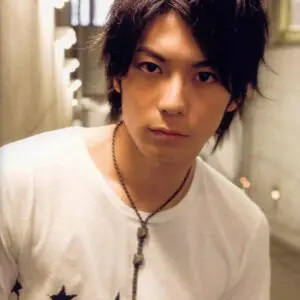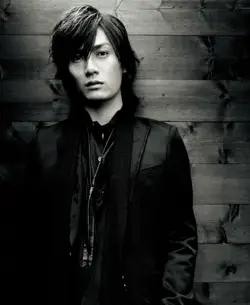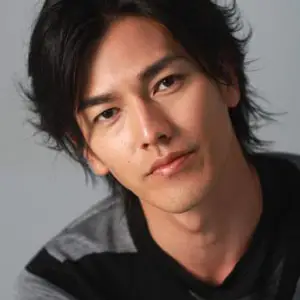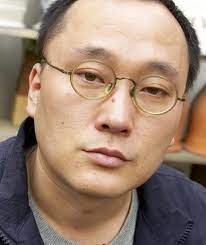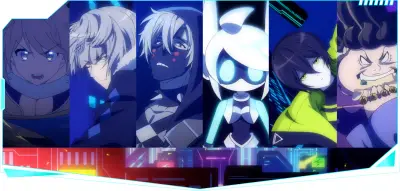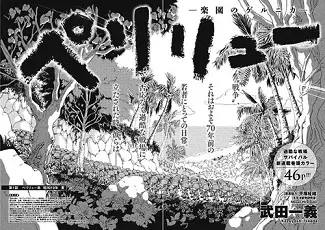
Japan is one of the most culturally rich countries in the world. The world of Japanese mythology, lore, and folktales is mesmerizing and fascinating. As fiction often draws inspiration from real life, there is much Japanese content, especially animes, directly or indirectly influenced by the country’s folklore. Animes can blend modern storytelling with traditional legends, offering the viewers a show rife with history and culture. Whether you’re someone looking to educate yourself about Japanese mythology or just a fan looking to explore a new subgenre of animes, this list is for you! Here is our list of the top 10 anime that showcase Japan’s rich folklore.
1. Spirited Away
Spirited Away is a 2001 fantasy adventure film directed by Hayao Miyazaki. The story revolves around a girl named Chihiro Ogino who mysteriously gains admission into the world of Kami (Japanese word for “deity”). Chihiro’s parents were transformed into pigs by a witch, Yubaka. To find a way to free her parents from the curse and get herself out of the strange world, she starts working at Yubaka’s bathhouse. While this traditionally animated movie doesn’t focus on one specific Japanese folklore, it does draw heavy influence from Japanese Shitno-Buddhist folklore. It features various creatures from the lores, such as shikigami and yokai.
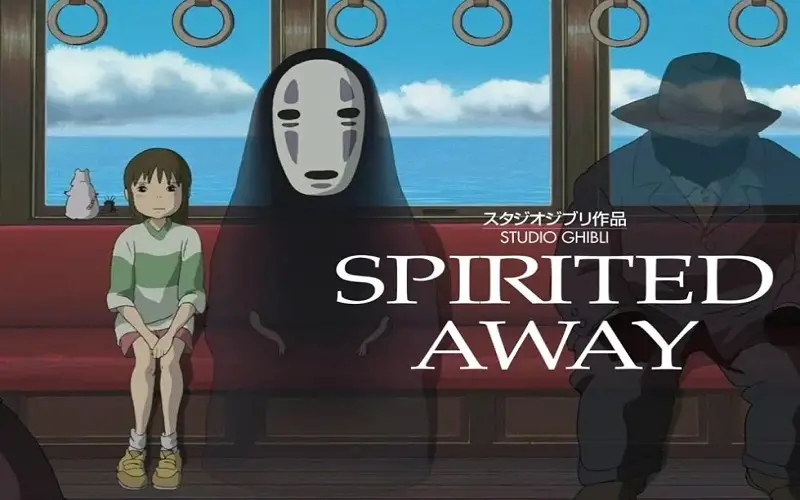
2. Musashi - The Dream Of The Last Samurai
Miyamoto Musashi was a Japanese samurai, philosopher, writer, and strategist in the 16th century. The anime movie Musashi - The Dream of The Last Samurai is based on the life of Miyamoto. Seen more as a documentary than an anime movie, Musashi chronicles the life of the fabled samurai and tries to demystify the myths and facts surrounding him. The audience is taken on an exciting visual trip in the movie, which revolves around Miyamoto’s life. Musashi is a delectable blend of mesmerizing storytelling, history lessons, and action sequences.
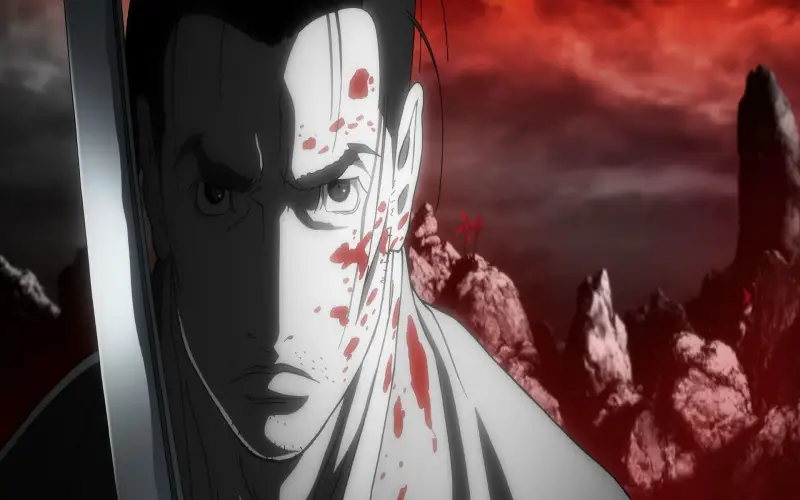
3. Princess Mononoke
Mononoke in Japanese translates to “spirits”, more specifically, vengeful spirits (onryō), dead spirits (shiryō), live spirits (ikiryō), and shape-shifting beings. This movie is a prime example of the involvement and influence of the supernatural in the Japanese visual media. Princess Mononoke tells the story of an Emishi prince named Ashitaka, cursed with superhuman strength that will eventually kill him. Ashiktika journeys to the western land to find a cure for his curse and, on his journey, encounters several individuals who aid him in his quest. He also meets a woman, San, who was raised by wolves and protects the woods where she dwells. This movie has an ever-present theme of Shinto and environmentalism.

4. Pom Poko
Pom Poko is an animated movie written and directed by Isao Takahata, which is an environmental allegory. The main focus of this movie are Tanukis, Japanese raccoon dogs who, according to Japanese folklore and myths, can shapeshift. Set in 1960s Japan, Pom Poko tells the story of a group of tanukis who debate among themselves what to do about a development project that aims to raze their homes. At first the Tanukis fight among themselves but later, on the insistence of their matriarch Oroku, band together to stop the project.
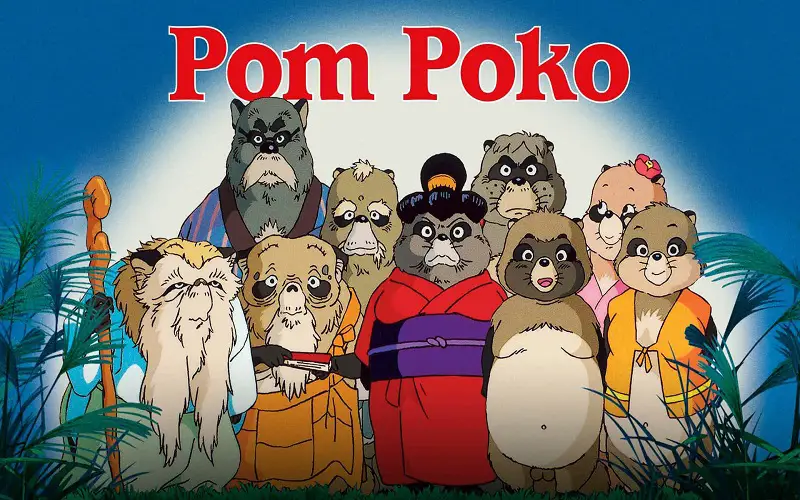
5. The Tale Of The Princess Kaguya
The Tale of the Princess Kaguya is one of the many brilliant works by the Japanese animation company Studio Ghibli. The film’s creator, Takahaka, often found the lack of “relativity” in the original folklore tale “The Tale of the Bamboo Cutter”. Attempting to include the elements of feminity and more of the protagonist’s feelings, Takahaka came forward with The Tale of the Princess Kaguya. The movie tells the story of Kaguya, a young girl found inside a bamboo shoot by a bamboo cutter, who then adopts her. As her beauty grows, she finds herself at the center of attraction of five suitors whom Kaguya gives impossible tasks to fend them off.

6. GeGeGe No Kitaro
The manga of the same name serves as the inspiration for this anime. The manga series released in 1960 is credited with popularizing Japanese folklore such as yokai. GeGeGe No Kitaro focuses on the life of the titular character, Kitaro, the last surviving member of the Ghost Tribe. Kitaro leads an adventurous life protecting the earth from evil creatures. He receives help from several other creatures from Japanese mythology. While the main focus of the anime is Japanese folk creatures, it also features some other non-Japanese mythological characters, such as the Chinese vampire Yasha and the Transylvanian Dracula IV.
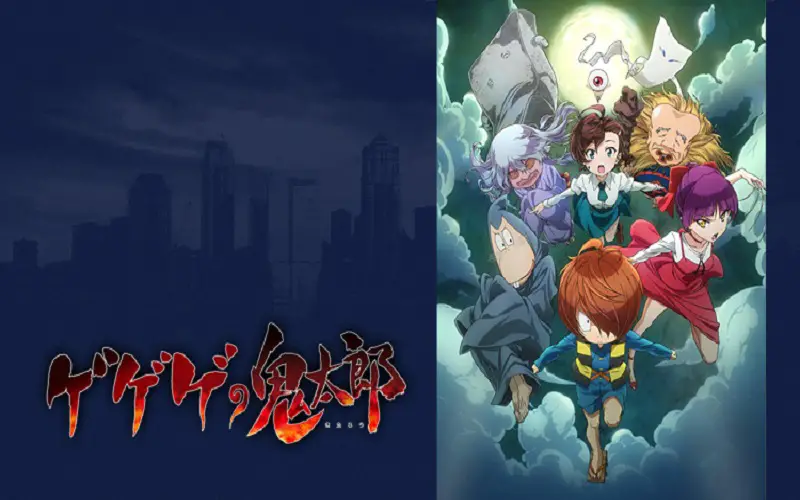
7. Kamichu!
Kamichu! is a 2005 Japanese anime series that draws heavy influence from Shinto. At the center of the story is a middle school girl named Yurie Hitotsubashi, who gets transformed into a Kami. The teen goddess is nicknamed “Kamichu,” an amalgamation of the words Kami and chugakusei (meaning middle school student). As Yurie tries to come to terms with her newfound powers (and having no clue how she gained them), she meets other deities and spirits along the way. Yurie slowly understands her newfound status and becomes a better deity and person.
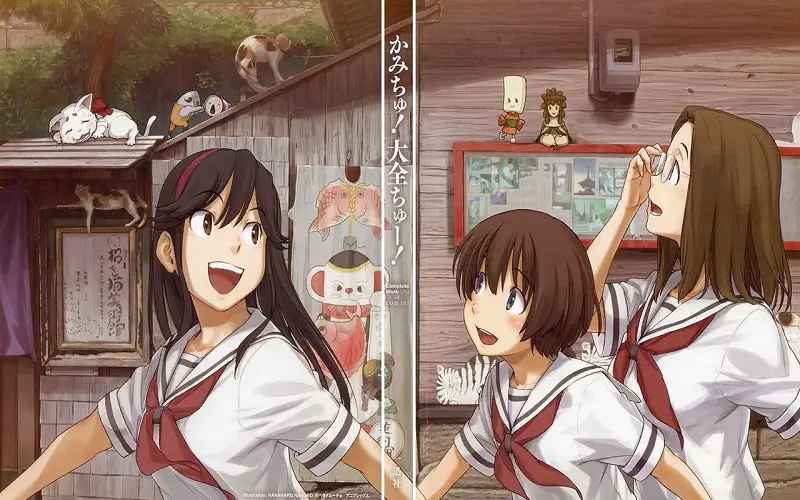
8. Hozuko’s Coolheadedness
This anime leans into a little darker side of Japanese folklore, focusing more on demons and hell rather than gods and playful creatures. This supernatural dark comedy revolves around Hozuki, an Oni (an ogre-like demon mentioned in Japanese mythology) working under Enma, the King and head judge of hell. Hozuki’s levelheadedness is the reason for the stability of Japanese hell and its maintenance. Despite being of the horror genre, Hozuko’s Coolheadedness is a quirky comedy, and it is a lot more fun to watch as Hozuki tries to keep hell in check.
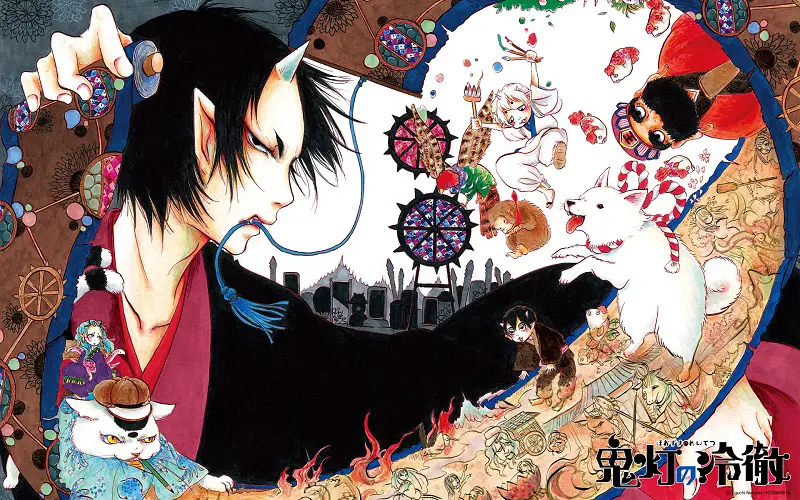
9. Folktales From Japan
Folktales from Japan is a pretty long-running anime series, spanning over 258 episodes. Running for five years, from 2012 to 2017, the series is as informative as it is entertaining. Each episode depicts two to three Japanese folklore tales with a runtime of seven minutes each. Initially geared towards children, Folktales from Japan have amassed popularity among older generations who aspire to learn about Japanese folklore and mythology.

10. Yamishibai: Japanese Ghost Stories
Yamishibai: Japanese Ghost Stories is a Japanese anime anthology series, similar to the previous item in the list Folktales from Japan. The series utilizes the ancient Japanese storytelling art called Kamishibai. In the series, the narrator of the tales, a man in a yellow mask, tells the audience (children gathered in a park in the anime) stories based on urban myths and legends of Japanese origin. The horror stories often include themes of family traditions and the nature of magical amulets (called Talismans).






